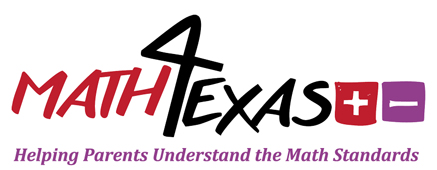T.i.P.S.
-
 Students should understand the differences in the meanings of random, sample, population, and bias. They should be able to explain why a sample is a good or bad representation of the population. Students will run a simulation to gather data with the purpose that the student learns about the idea of randomness. Students should not confuse that the group that is being surveyed (sample space) with the population of a town, city, state, etc.
Students should understand the differences in the meanings of random, sample, population, and bias. They should be able to explain why a sample is a good or bad representation of the population. Students will run a simulation to gather data with the purpose that the student learns about the idea of randomness. Students should not confuse that the group that is being surveyed (sample space) with the population of a town, city, state, etc.
Example
-
Consider a population of students consisting of 100 eighth graders at a Texas Middle School. Describe how a teacher might select a random sample of 10 students from a list of the students in this population to choose whose homework to grade. How do the characteristics of the random sample compare to the characteristics of the population?
Resources
-
Click on the following links for more information.
TEKS
-
8.11 Measurement and data. The student applies mathematical process standards to use statistical procedures to describe data. The student is expected to:
(C) simulate generating random samples of the same size from a population with known characteristics to develop the notion of a random sample being representative of the population from which it was selected





 Click
Click 

